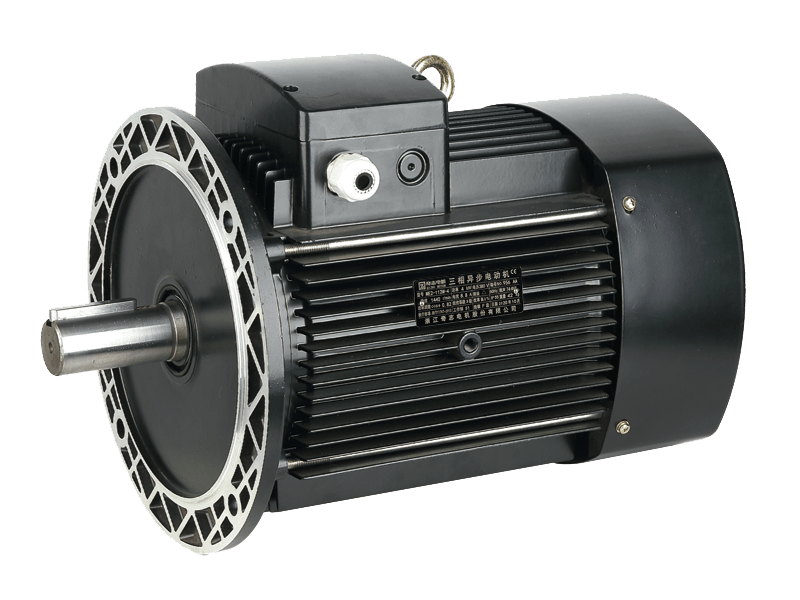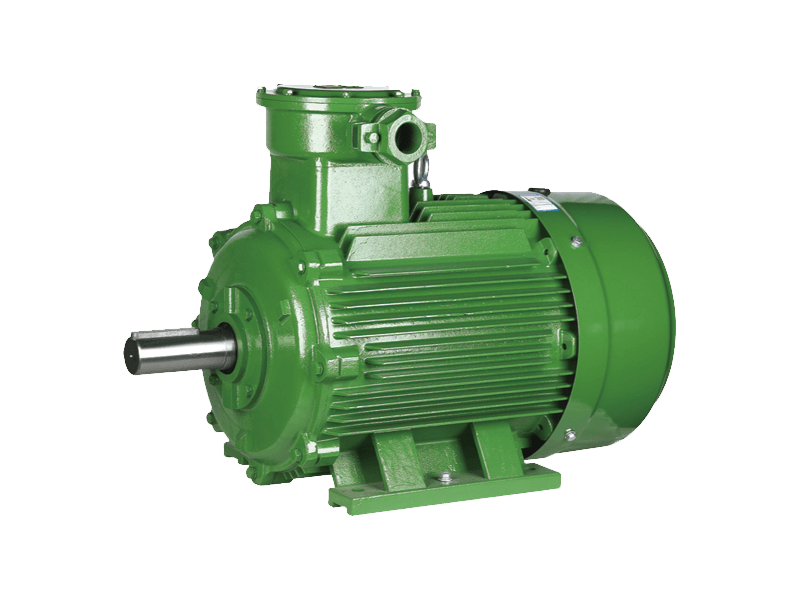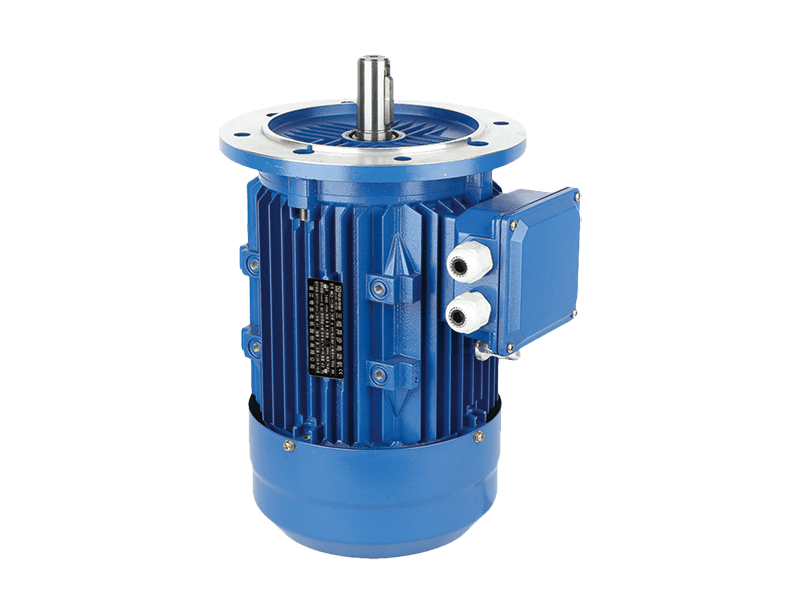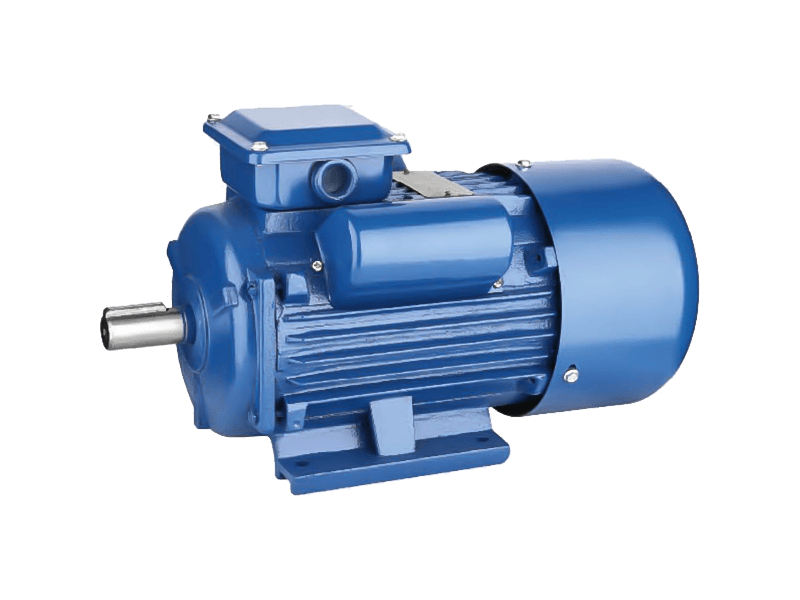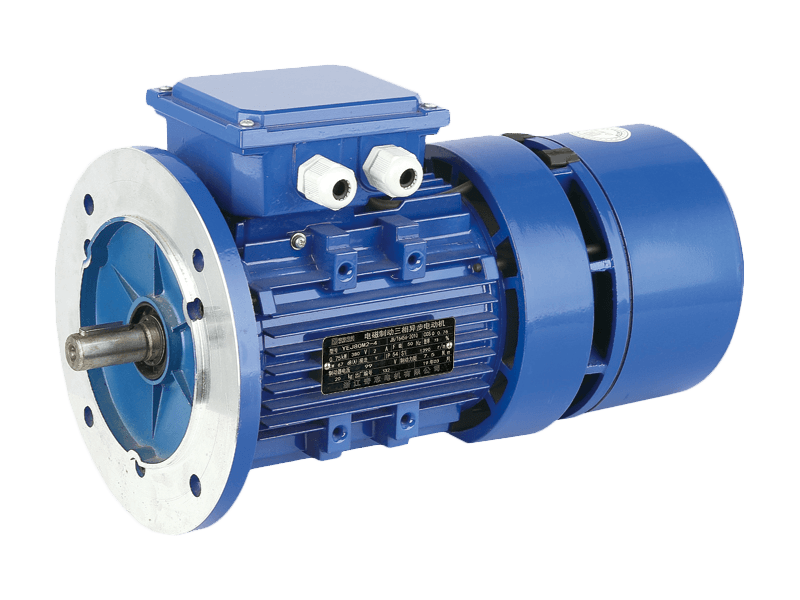In the ever-demanding industrial sector, the choice of electric motors can significantly impact productivity, reliability, and operational costs. Among these, the three phase motor remains a cornerstone of industrial machinery due to its robust performance and adaptability. Today, a new generation of three phase motors engineered to operate efficiently in challenging ambient conditions and with flexible power inputs is gaining significant market attention.
This article delves into the technical specifications and industrial advantages of three phase motors designed to function reliably within an ambient temperature range of -15℃ to 40℃, with rated voltages spanning from 220V up to 760V, rated frequencies of 50Hz and 60Hz, and offering IP55 protection class—features that collectively mark a new standard in industrial motor versatility.
Operating Across Wide Ambient Temperatures: -15℃ to 40℃
Industrial environments can vary drastically in temperature, from freezing outdoor conditions in winter to hot factory floors in summer. Traditional motors often require additional cooling or heating accessories to function reliably when exposed to temperatures, increasing installation complexity and costs.
The three phase motors are purpose-built to operate seamlessly within an ambient temperature range of -15℃ to 40℃. This capability ensures:
Cold Climate Reliability: In industries located in colder regions such as northern latitudes or refrigerated environments, motors maintain performance without risk of freezing-related damage.
High-Temperature Endurance: In hotter settings, such as metal processing plants or outdoor installations exposed to direct sunlight, motors resist overheating, ensuring sustained operation without thermal shutdown.
Reduced Maintenance: By tolerating this wide temperature range natively, these motors reduce the need for auxiliary temperature control systems, lowering maintenance complexity and downtime.
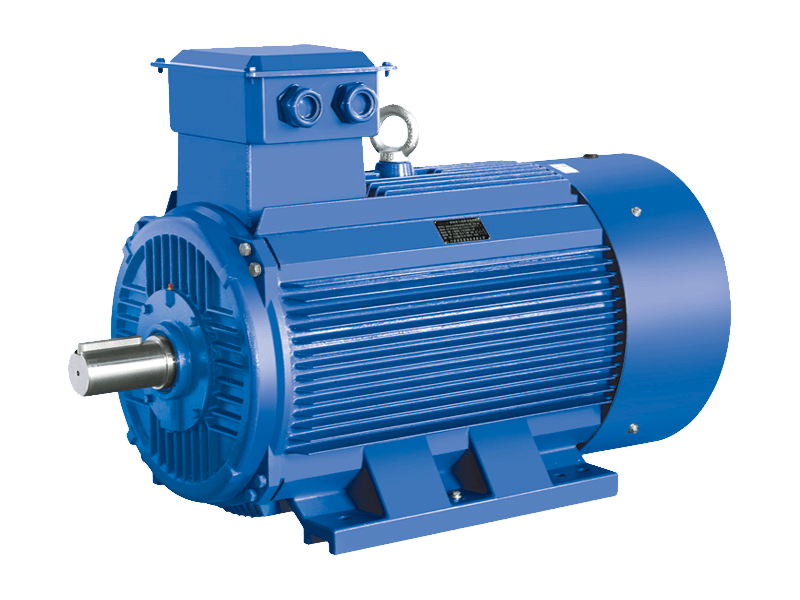
Flexible Rated Voltage: From 220V to 760V
One of the features of this new motor series is their impressive rated voltage range. While the industry standard often centers around fixed voltages—commonly 380V for three phase systems—these motors are engineered to accept any voltage between 220V and 760V.
The practical benefits include:
Global Compatibility: Industries operating in different countries or regions with varying power supply standards (e.g., 220V in parts of Asia and Europe, 480V in North America) can standardize on a single motor model.
Voltage Fluctuation Tolerance: Industrial plants often experience voltage dips or spikes; motors capable of handling a wide voltage range can maintain stable operation despite these fluctuations.
Simplified Inventory and Procurement: Manufacturers and maintenance teams benefit from streamlined stock management, ordering fewer variants of motors to cover multiple voltage needs.
Dual Frequency Operation: Supporting Both 50Hz and 60Hz Systems
The rated frequency of an electric motor directly affects its speed and performance. Globally, electrical grids typically use either 50Hz or 60Hz, depending on the region. Motors designed to operate on both frequencies provide crucial flexibility for multinational operations and export markets.
Benefits include:
Cross-Market Usability: Motors can be shipped and used worldwide without the need for modification or separate models.
Ease of Retrofit and Replacement: Facilities upgrading or changing power sources can retain existing motors, reducing costs and downtime.
Consistent Performance: Advanced design ensures motors perform efficiently at both 50Hz and 60Hz, maintaining torque and speed specifications.
IP55 Protection Class: Durable and Dust-Resistant
Protection class IP55 means the motor is shielded against dust ingress sufficient to prevent equipment malfunction and is protected from low-pressure water jets from any direction. This rating is crucial for motors used in industrial environments that may be exposed to dust, dirt, moisture, or cleaning processes.
Key advantages:
Industrial Suitability: IP55 motors are ideal for factories, construction sites, agriculture, and outdoor installations.
Enhanced Durability: Protection against dust and water extends motor lifespan and reduces failure rates.
Lower Maintenance Costs: Resistant to environmental hazards, these motors require less frequent servicing and repair.
